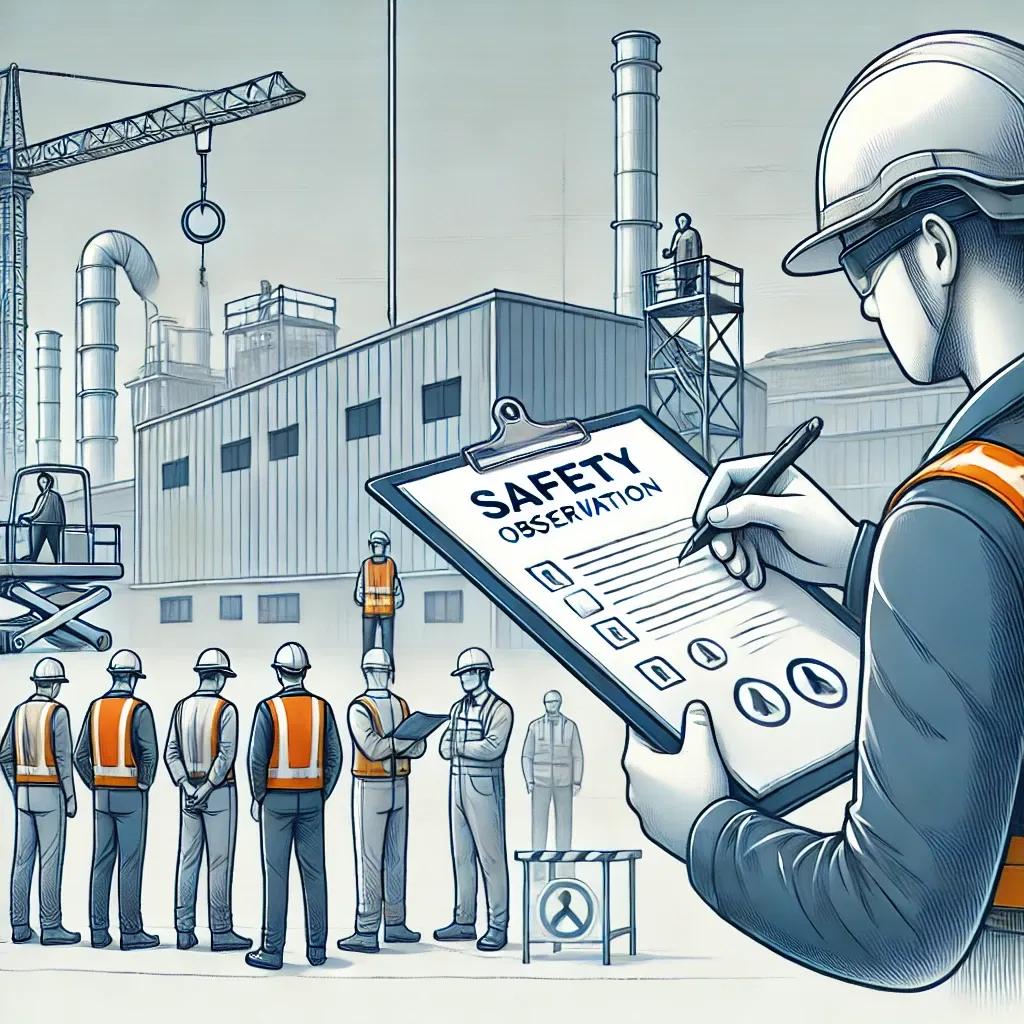Driving Excellence in Workplace and Process Safety

Driving Excellence in Workplace and Process Safety
Introduction
Workplace and process safety have become cornerstones for sustainable and efficient operations in today’s dynamic industrial environments. For organizations aiming to thrive while safeguarding their workforce and assets, prioritizing safety isn’t just a regulatory requirement—it’s a competitive advantage.
This blog explores actionable strategies, leadership practices, and technological advancements that can elevate workplace safety. Whether you’re a business leader, safety professional, or risk manager, this guide provides essential insights to create a proactive safety culture.
Actionable Strategies to Improve Safety
Embed Safety into Organizational Culture
Establish safety as a core value within the organization by integrating it into your mission statement, policies, and daily practices.
Promote a “safety-first” mindset by recognizing and rewarding safe behaviors.
Leverage Advanced Technologies
Use IoT (Internet of Things) sensors to monitor critical equipment and detect potential failures before they occur.
Implement data analytics tools for predictive risk assessments, enabling organizations to identify and mitigate hazards proactively.
Enhance Employee Training
Develop interactive, scenario-based training programs to prepare employees for potential risks.
Regularly update training modules to reflect the latest industry standards and technologies.
Conduct Regular Safety Audits
Schedule frequent reviews to ensure compliance with safety protocols and standards like ISO 45001 or CCPS RBPS.
Use audit findings to create targeted improvement plans and close safety gaps.
Prioritize Mental Health and Wellbeing
Recognize the connection between mental health and safety by fostering a supportive environment.
Introduce wellbeing programs to reduce workplace stress, which can lead to fewer safety incidents.
Leadership Practices for Safety Excellence
Leadership plays a pivotal role in driving a strong safety culture. Here are some essential tips for business leaders and managers:
Lead by Example
Demonstrate a commitment to safety by adhering to protocols and actively participating in safety initiatives.
Conduct regular walkthroughs to engage with employees and understand their challenges.
Empower Employees
Encourage open communication by creating platforms where employees can report hazards without fear of reprisal.
Establish safety committees that include representatives from all levels of the organization.
Measure and Monitor Performance
Use Key Performance Indicators (KPIs) to track safety metrics such as incident rates, near-misses, and training completion rates.
Regularly review these metrics to identify trends and make data-driven decisions.
Recognize and Reward Contributions
Acknowledge employees who demonstrate exceptional commitment to safety through awards or public recognition.
Celebrate team milestones, such as achieving accident-free months, to reinforce a positive safety culture.
The Role of Technology in Safety Management
The advent of digital transformation has revolutionized safety management. Cutting-edge technologies provide tools for real-time monitoring, predictive analysis, and seamless communication.
Here’s how technology is reshaping safety:
Wearable Devices: These gadgets track vital signs and alert workers to potential health risks in hazardous environments.
AI-Powered Systems: Artificial intelligence enhances decision-making by analyzing large datasets for identifying emerging risks.
Mobile Applications: User-friendly apps streamline incident reporting, compliance tracking, and employee engagement in safety initiatives.
Conclusion
Workplace and process safety are dynamic and multifaceted challenges that demand a proactive approach.
By embedding safety into culture, leveraging advanced technologies, and fostering strong leadership, organizations can create safer environments that protect their workforce and drive operational success.
References
International Organization for Standardization. (2018). ISO 45001: Occupational Health and Safety Management Systems.
Center for Chemical Process Safety (CCPS). Guidelines for Risk Based Process Safety.
National Safety Council. (2023). The State of Workplace Safety in a Digital World.





